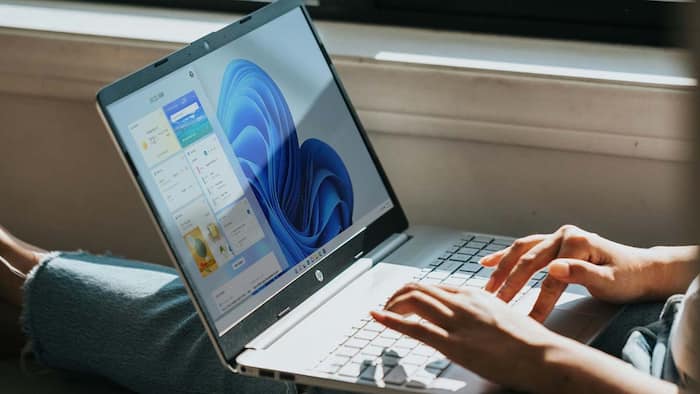
Written By Pranav Sawant
Published By: Pranav Sawant | Published: Feb 27, 2024, 10:35 PM (IST)

If you are a Windows user, some things can be frustrating. One of the many ills of using a Windows computer or a laptop is not having the ability to instantly lock the system. That’s a small thing for sure, but an important one at times. Let’s say you want to leave your work for some time or want to get away from your PC/laptop urgently, it’s always better to lock your device at such times. However, for new Windows users, finding the screen lock option can be a daunting task. It’s hidden behind a few settings so you don’t accidently lock your system. But don’t fret as we are here to show you five ways to lock your screen on a Windows 11 PC or laptop. Also Read: Windows 10 And Windows 11 Hit By High-Severity Security Flaw: CERT-In Issues Warning
On the Mac side of things, the screen locking ability is easily available. Let’s see five ways you can lock your screen on the latest Windows 11 and macOS Sonoma. Also Read: Microsoft Refreshes Windows 11 Start Menu: Here’s What’s New In The KB5067036 Update
— This is an easy way to lock your screen on Windows or Mac. Press the Windows + L keys on any Windows 11/10 machine and your screen should be locked in less than a second. Also Read: 7 Things You Can Do With Your iPhone When It’s Locked
— On macOS Sonoma or ant recent macOS versions, you can just free Control + Command + Q to lock the screen.
— Tap on the Start menu or click on the Windows button on the keyboard to fire it up. Now, right-click on your profile and tap on Lock.
— Tap on the Apple icon in the menu bar. Select Lock Screen from the dropdown menu.
— On MacOS, you can simply lock your Mac device by resting your finger on the Touch ID sensor.
— On Windows, you can tweak the Power button to be a lock button. To do that, search for Control Panel in the search bar by tapping on the search option on the taskbar. Now, Tap on Hardware and Sound > Power Options > System Settings. Lastly, tap on the drop-down in front of ‘When I press the power button:’ and select the Turn off the display option.
— You can use macOS’ Hot Corners feature to lock the screen on your MacBook or iMac. The feature allows you to do certain actions by moving the mouse pointer to the corners of the screen. To set it up, tap on the Apple icon in the bar. Tap on System Settings and then tap on Desktop & Docs in the sidebar > Hot Corners. Click on the pop-up for the corner you want to set for the Lock screen and select Lock Screen. Tap on Done to save. Now, go to the home screen and move your mouse to the set corner and your Mac device’s screen should be locked.
— For Windows, there are no such options, but you can always use a similar feature called WinXCorners that does the same thing. Download the WinXCorners app from a trusted site, extract it, and set the corner for Lock Screen.
— You can lock the screen of your Windows 11 PC or laptop using a smartwatch or a Bluetooth device. This can be done using Dynamic Lock. To use this method of screen locking, first pair a Bluetooth device to the PC/laptop. Now, head to Settings by tapping on Start > Settings. Tap on Accounts > Sign-in options and select Dynamic Lock.
— On MacOS, you can do the same with nearlock. You can use Apple Watch and iPhone to lock and unlock the screen. When you are close to the device, it will be unlocked and when not in the vicinity, it will get locked automatically.